As anyone who has Googled “Kodak Retina” knows, they were pretty much the only cameras Kodak ever made that aspired to be of the highest quality. There are many, many models and variations.
To read chapter and verse about the whole Retina family, have a look here . Go ahead, I’ll wait. Done? Okay, on with the evaluation . . .
I have to admit that I’d had a love/hate relationship with the Retina IIIc. I bought one a while ago, but ultimately sold it off. I just never really got on with it. That would have been the end of the story had another Retina IIIc not landed in my lap thanks to a donation from a generous friend. (It was one of those, “Hey — you still use film? Hmm. I think I have my dad’s old camera lying around somewhere. You want it?” situations.) This Retina came fully equipped with the auxiliary lenses and matching viewfinder. Handling it again I remembered why I thought it was so appealing in the first place. And the passage of time had muted my memories of why I didn’t keep it. But, this donation wasn’t really in good working order. The slow shutter speeds laboured badly and the mechanics were stiff — the usual results of “lying around somewhere” for too long. So, with a little trepidation, I boxed it up and shipped it off to New Zealand so that the expert hands of Chris Sherlock could give it an overhaul.
When the camera returned it worked like new, or at least what I imagine a new Retina IIIc was like. The camera was made years before I was born, so I have no way of knowing for sure what a factory fresh sample must have been like. That said, it’s hard to imagine a new one being more silky smooth to operate.
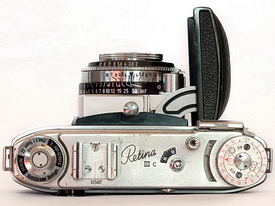
The top view of the IIIc. From left to right: film rewind knob, accessory shoe, frame counter, shutter release button, and light-meter.

Bottom view. From left to right: film-advance lever, rewind release button, and back-opening switch surrounding the tripod socket.
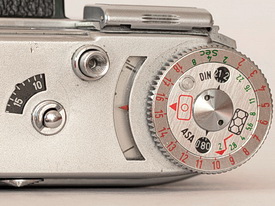
The camera has a dual-range, non-coupled light meter. While it’s accurate enough, the match-needle window can be difficult to see.
Before going further, let’s back up a step and talk a little about what a Retina IIIc (lower case “c,” as distinct from the later IIIC) is. In a nutshell, it’s a folding 35mm camera with a coupled rangefinder focus and built in (non-coupled) light meter. The camera comes with a 50mm f/2.0 lens, but you can change out the front grouping to achieve focal lengths of 35mm and 80mm. The IIIc’s were made in Stuttgart, Germany, between 1954 and 1957. As as near as I can tell, this particular one was made at some point between July 1956 and February 1957 — towards the latter part of the model’s production run. Serious collectors can probably pin it down better than that, but I’m neither serious nor a collector.
So how am I getting on with the second coming of the IIIc? Very well indeed. I fell back in love with it when I developed the first roll after the restoration. The results were fantastic. The image quality is stunning — sharp as can be. The shutter speeds and meter must be working well because all my shots came out properly exposed. I love the camera’s mechanical precision and reassuring solidity. I particularly like the way the camera folds into a 1¾-inch-thick package. It really makes a difference not having the lens sticking out from the camera body when you’re wearing it on a strap over your shoulder. And, if you don’t mind the weight, you can even slip it into the back pocket of your jeans. The IIIc has become one of my main 35mm cameras.
As I continue to use the camera, I’m becoming reacquainted with its many quirks and shortcomings. But before I delve into these, I want to emphasize that they’re a small price to pay for the quality of photos the camera delivers. With that out of the way, here are the camera’s weak points:
#1: The camera is fiddly. There’s just no other way to describe it. Mostly that’s due to the light meter. The trouble is the meter is difficult to read in dim conditions. Even when the lighting is quite good, I need to put on reading glasses to see the meter’s little needle.
#2: It’s heavy. It’s no tank, but the Retina IIIc tips the scales at 680 grams. That means it weighs 60 grams more than my compact Pentax ME Super (with 50mm f/2 lens) and more than my Agfa Isolette II medium format camera. That said, it’s not a tremendous burden and I don’t leave it at home because of that.
#3: The auxiliary lenses. Talk about a mixed blessing. The good news is they add flexibility to the camera, the bad news is they’re a bit of a pain in the arse to use. For example, let’s say you want to use the 35mm lens. First, you remove the 50mm lens and attach the 35mm. (Actually, that’s easier said than done because you need to find some place to put the 50mm lens while you attach the other one — three hands would be useful for this operation.) Next, you affix the “optical multiple finder” to the accessory shoe. You use the camera’s rangefinder to focus, read the distance off the focus scale, then transfer it to a second scale on the underside of the lens, making sure to line the distance up to the correct tick mark — there’s one for the wide-angle lens, and a different one for the 80mm lens. Now, set your shutter and aperture, making sure not to select an aperture less than f/5.6 (or, f/4 for the 80mm lens), which would result in under exposure. Finally, if you want to be precise about your framing, dial in the distance on the auxiliary viewfinder so that it corrects for parallax. Now take your picture, sighting through the accessory finder. Got it?
Okay, in practice it isn’t as time consuming as all that. I do use the 35mm lens quite a bit and often my subject is at infinity (or near enough), and infinity is infinity regardless of which lens you’re using. And it has to be said, the IIIc kitted out with the 35mm lens and accessory finder looks pretty damn awesome. The main problem is that the camera folds only with the 50mm standard lens in place.
There are a couple of things that I’d describe as quirks rather than problems. For example, the film advance lever is on the underside of the camera. Odd at first, but you get used to it pretty fast. The film counter is of the countdown variety and you have to manually set the count to 36 or 24 (depending on what you’re using) at the start of a fresh roll.
In summary:
Pros
Super sharp lenses
Rangefinder bright and easy to see
Compact folding design
Doesn’t need batteries. Ever.
Built to last forever
Flash sync to 1/500 second
Can still be serviced
Doesn’t need a case
Cons
Relatively heavy
Fiddly
Need glasses to read light meter
Auxiliary lens system complicated and cumbersome
Film Advance lever somewhat awkward
Counter has to be manually reset
As you can see, the “pros” outnumber the “cons,” but more than that, the main pro is the most important thing — great results.
Click here for more Retina IIIc sample images.
Did you find this article interesting or helpful? If so, consider using this link the next time you shop at Amazon.com. Better yet, bookmark it for future use. Thanks to Amazon’s associates program, doing so costs you nothing yet helps keep this site up and running. Thanks!

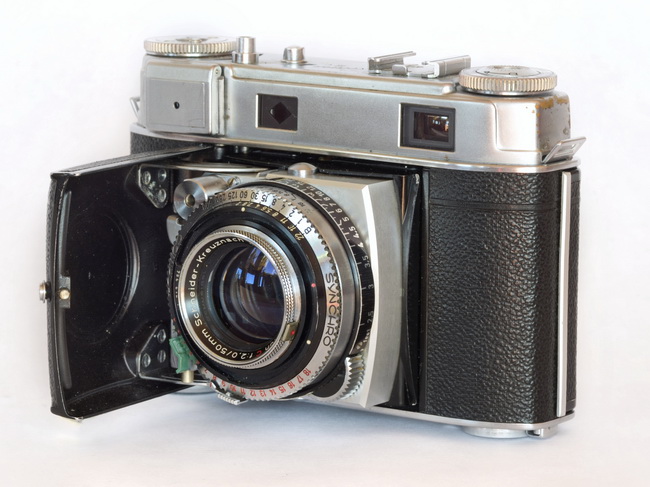
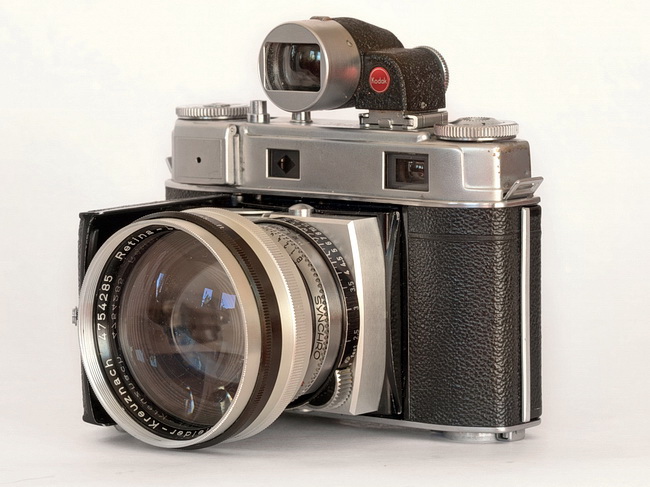
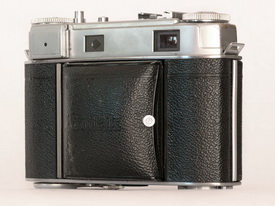

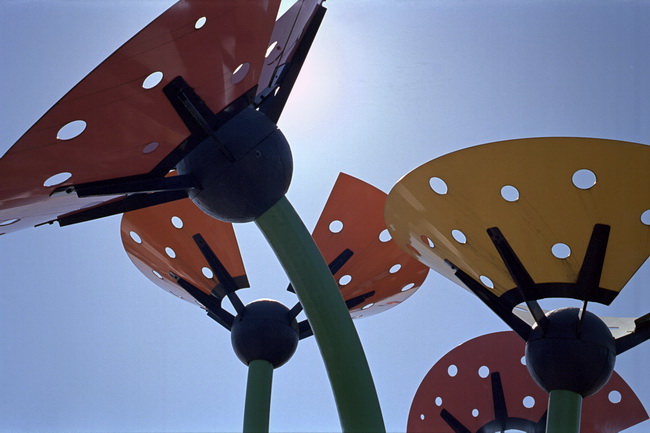
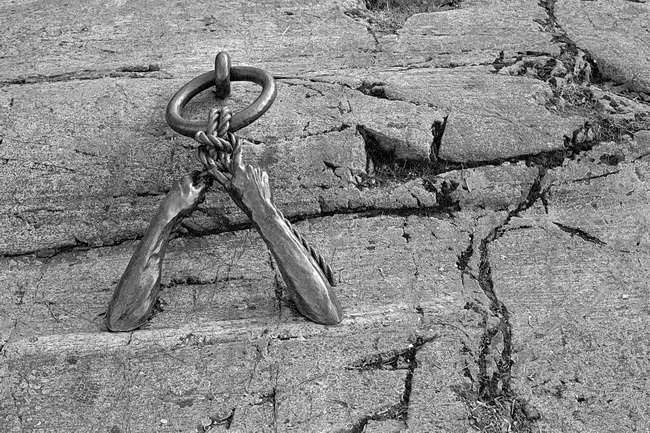
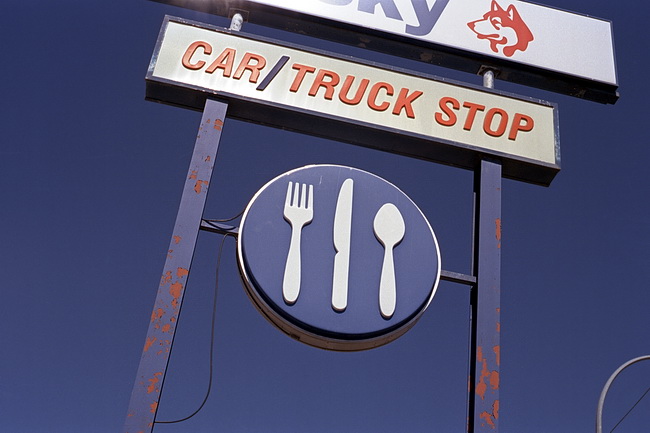
 Subscribe with RSS
Subscribe with RSS
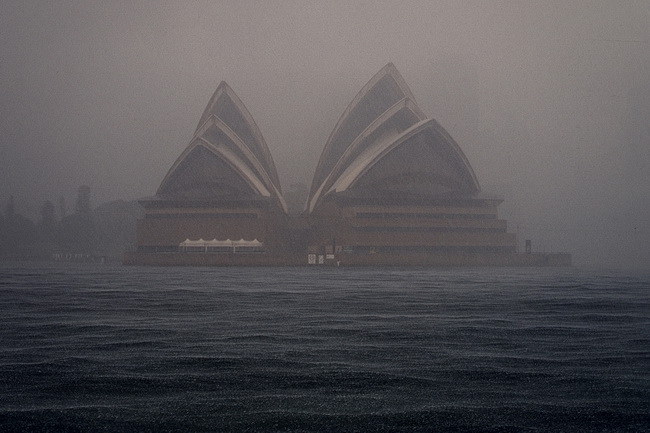
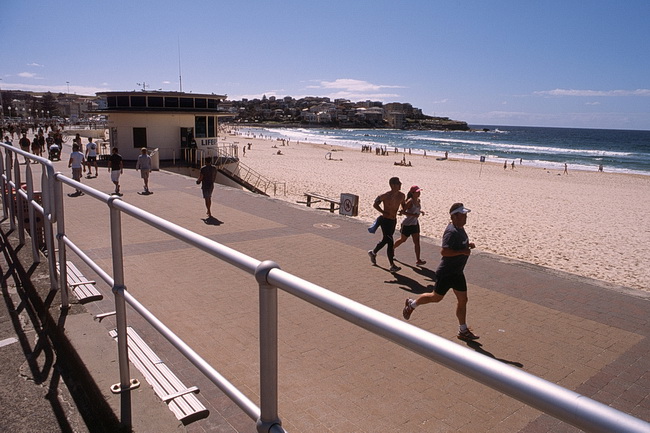
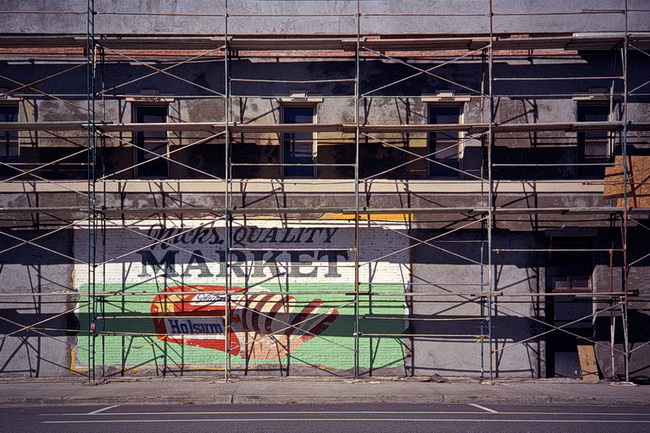
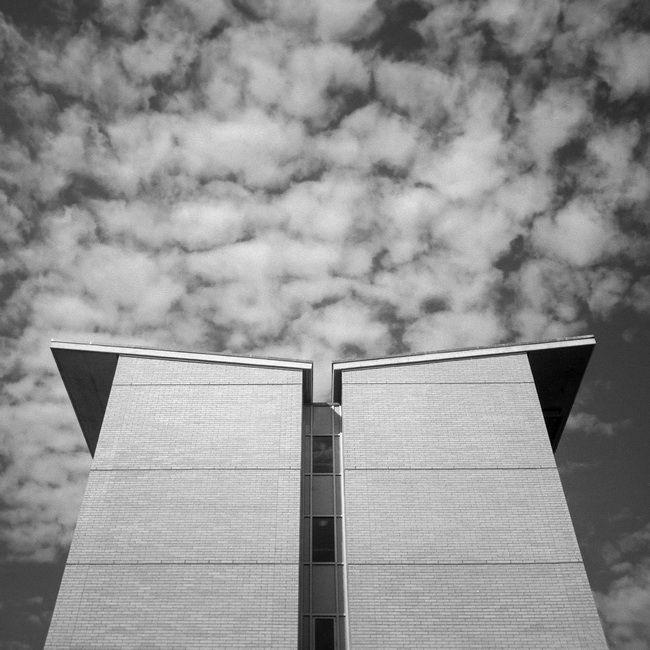


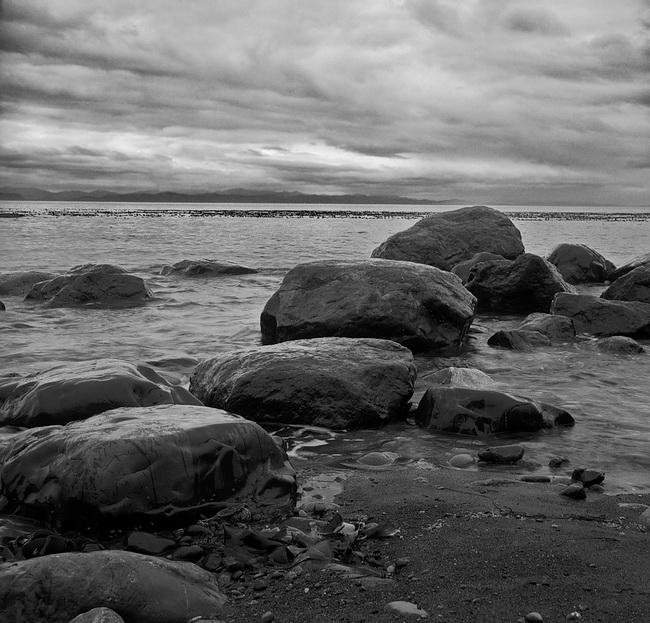
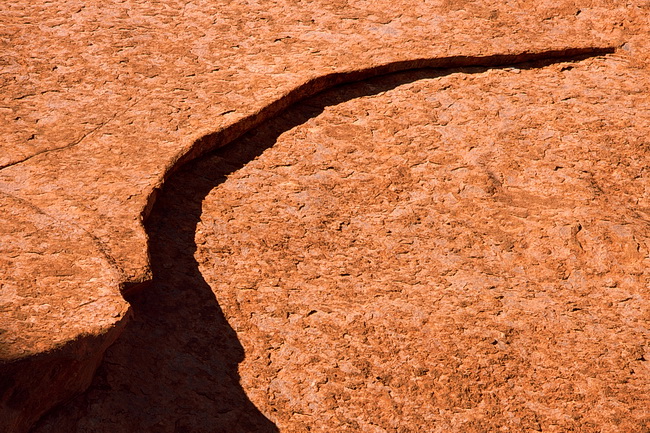
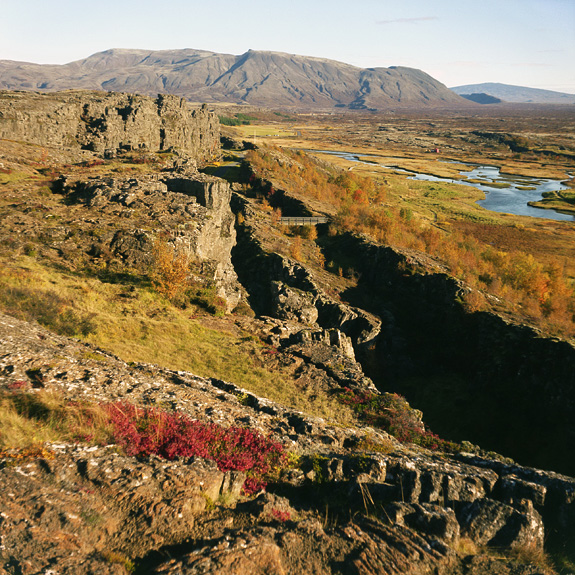
Wow, great results from your IIIc. The accessory lenses do sound like an awful pain. But what other choices were there in the 50s for interchangeable lenses?
Hey Gary, thanks for the article on the IIIc! I bought one of these from my local repair guy when I was fresh out of college. I loved the feel and quirkiness of it and soon found, as you did, that the optics and accuracy of the camera are exceptional so I’d often take it on shoots with me alongside much more quick/modern cameras like my Nikon FM series where it fit in just fine. About 5 years ago, I accidentally got the 50mm lens stuck crooked on the mount while swapping it back from the 80mm and it sat unused but not forgoteen until a few days ago when I was taking some other cameras in for repair. My repair guy was able to remove the 50 and today I have it with me, taking photos again. I am excited to work it into my rotation again and hopefully, now that I have been using Leica’s for several years, to put this top notch, fun little rangefinder to better use! Here are just a few photos I took with it previously.
https://www.flickr.com/photos/johnnymartyr/sets/72157674573757576
Hello,
I love my RETINA IIIC. I am a swiss photographer and I bought it some years ago for 50 francs. The lens XENON is GREAT !!!!! I use it for concert photos…..
it is very difficult to change the speed and apertures in low light context but you must be ready before going in the place…..
Great camera, Great design, I thin the lens is better than my leitz !!!!!
I still use many of the Retina camera and just recently purchased the Retina IIIS camera. The lens selection is fairly large and all yield super sharp negatives. I have many cameras including Hasselblad SWC, 500CM many back and lenses Rolleiflex GX and many others and for some reason the Retina cameras seem to be used more than the others. The IIIS is my latest discovery, it my understanding these cameras where for export only but can be found from U.S sellers on ebay every so often. Have my fair share of Nikon digital cameras but went back to film, love the film and darkroom end of it. Nice thing the Retina cameras are basically cheap and still repair folks out there repairing them.
And if you want to see Retinas repaired (with wry NZ commentary), check out Chris Sherlock’s YouTube channel:
https://www.youtube.com/channel/UCBNcopU34d_pGsKTvRzHcsg
Is it necessary to use the optic finder when using the 80mm lens?
I’d say it’s very helpful. It really depends on how precise you want to be with your framing.
Gary
I have been working with my Retina IIIC this year in order to make a decision on whether or not I will keep it. Chris did a complete overhaul on mine back in 2021 so the camera itself works perfectly but I have never settled in after it returned and used it consistently enough to give it a real chance to fit into my personal workflow. For me the fact that is so compact and easy to carry around is a definite plus but I do not want to leave it sitting around to long so it loses the benefit of all the good work that Chris put into it. We’ll see. I will work with it exclusively over the next three or four months and see how I get along with it.
I always got good results with mine, so I’m expecting you’ll be well pleased if you give it a chance. Good luck!